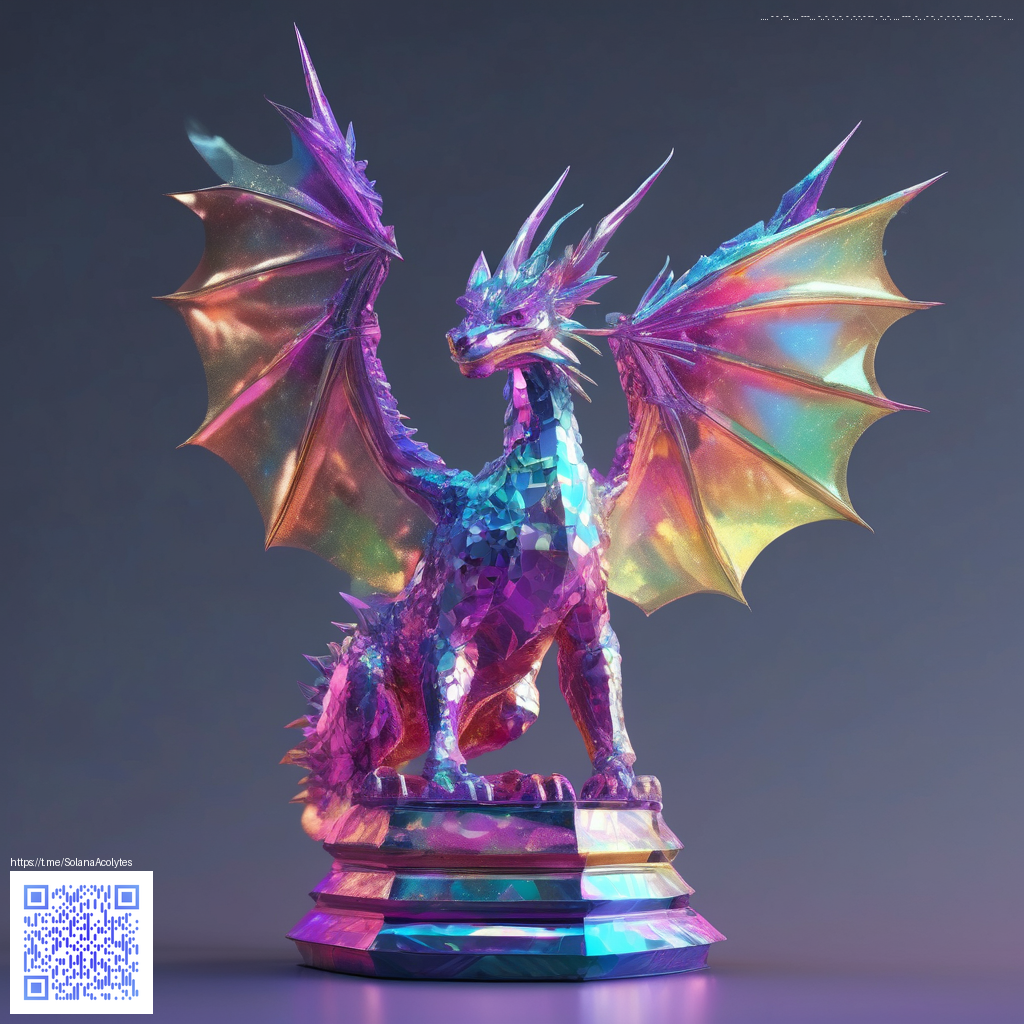
Exploring AI Tools for Generating Digital Paper Patterns
Digital paper patterns have moved beyond simple repeats and into the realm of dynamic, AI-assisted design. With the rise of generative tools, artists and product designers can craft complex, seamless patterns in a fraction of the time it used to take. The result is a versatile library of motifs—from delicate florals to geometric tessellations—that can be instantly tailored for print, packaging, textiles, and even digital products. When you combine powerful AI engines with thoughtful design constraints, you unlock patterns that are both visually striking and technically robust for real-world applications.
Why AI Makes Pattern Design More Efficient and Creative
Traditional pattern design often demands meticulous tiling checks, color testing, and manual repetition. AI changes the game by offering:
- Rapid explorations of hundreds or thousands of motif variations from a single concept.
- Seamless tiling that preserves continuity along edges, crucial for wallpapers, fabrics, and phone cases.
- Color harmony automation that respects constraints like brand palettes or print limitations.
- Export-ready outputs in vector and raster formats, enabling smooth handoff to printers or CNC workflows.
- Iterative refinement driven by feedback—you can tweak scale, density, or symmetry without starting from scratch.
“AI isn’t replacing the designer; it’s expanding the designer’s toolkit. By handling repetitive tiling and color experiments, AI frees you to focus on intent, mood, and narrative within the pattern.”
Tools, Techniques, and How They Come Together
When you’re aiming to generate digital paper patterns, you’ll typically combine a few core tools and techniques:
- Seed prompts and style cards to guide the overall motif, mood, and complexity.
- Generative models for creating base motifs that can be tiled without visible seams.
- Vectorization and tracing to convert raster AI outputs into scalable assets suitable for high-quality printing.
- Color management to ensure patterns render consistently across screens and substrates.
- Pattern packaging—bundling motifs into swatches, repeats, and variations that designers can reuse across projects.
In practice, you might feed a set of constraints—repeat type, scale range, color tokens, and allowable motifs—and let the AI generate a spectrum of candidates. From there, you select the strongest options, refine them, and export a final library. The result is a workflow that scales from a single pattern to a myraid of coordinated designs across products and campaigns.
Practical Workflows for Digital Paper Pattern Projects
Here’s a pragmatic path you can adapt for your next project:
- Define constraints—repeat type (tiled, mirrored, or random), density, and the color system you’ll use.
- Seed generation—start with a handful of motifs or textures that convey the desired mood.
- AI augmentation—run variations, adjust symmetry, and test tiling edges to avoid seams.
- Evaluation—assess print viability, resolution needs, and how the pattern reads at different scales.
- Export and refine—export SVGs for vector-based workflows and PNGs for quick proofs; revisit color rules if needed.
As you experiment, you’ll discover that AI can help you align pattern logic with product contexts. For example, designers often imagine how a digital wallpaper might translate to packaging, textiles, or tech accessories. Speaking of practical contexts, you can relate these ideas to real-world product applications—like a compact, MagSafe-compatible phone case with a clean, patterned backdrop. See this product for context: https://shopify.digital-vault.xyz/products/phone-case-with-card-holder-magsafe-polycarbonate-1.
When you’re ready to share your progress or gather feedback, documenting your process with a short narrative can be incredibly helpful. A quick note on constraints, what the AI contributed, and what you refined by hand makes it easier for teammates or clients to understand the evolution of your pattern library.
From Digital Papers to Tangible Outputs
The beauty of AI-generated patterns lies in their flexibility. You can create a swatch book for designers, print-ready tiles for interior spaces, or surface patterns for consumer products. The same underlying logic—repeatability, color coherence, and scalable vector outputs—keeps your work consistent across formats. And because AI can quickly produce variations, you’re better equipped to iterate toward a product family that feels cohesive yet offers enough diversity to stay engaging.
To keep your workflow grounded, consider naming conventions, metadata tagging, and version control for pattern libraries. These practices help you track provenance, ensure compatibility across print suppliers, and maintain a clear path from concept to final product.
Similar Content
Explore related ideas and case studies here: https://cryptodegen.zero-static.xyz/5c312293.html